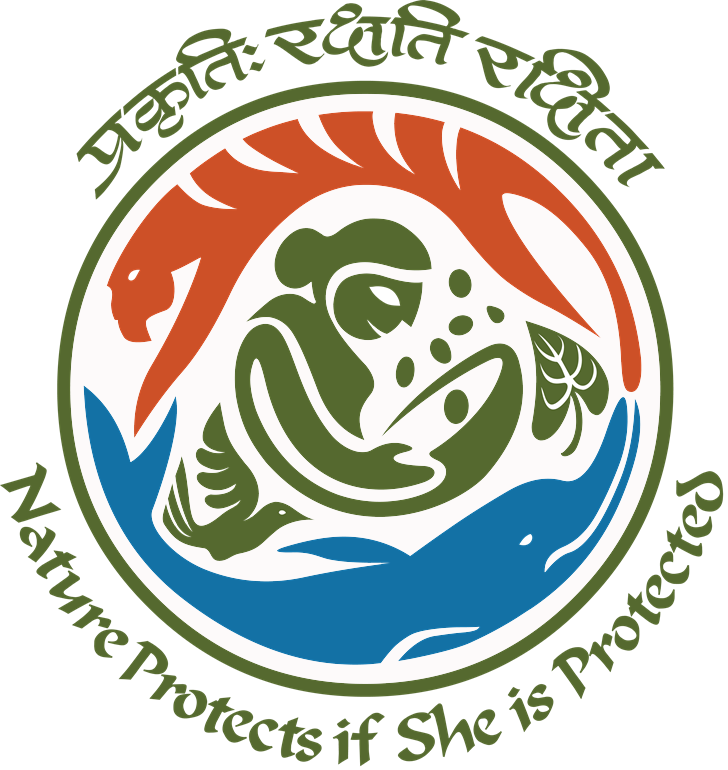The Executive Committee for the implementation of the Montreal Protocol at its 37th meeting held in July 2002 approved the
foam sector phase-out plan at a total funding level of US$ 5,424,577 to phase-out the remaining
612 ODP tonne of CFC-11 in foam manufacturing.UNDP was responsible for implementation of
this project.
Industry Structure:The survey of the Foam Sector carried out at the time of the
original Country Programme, identified about 235 foam manufacturers in India, using CFCs
as blowing agents. About 20% of the enterprises were large/medium-size, while the rest were
Small and Medium Enterprises (SMEs) in the unorganized and informal sector.
The sub-sectors identified were rigid polyurethane foam, flexible polyurethane foam, integral
skin polyurethane foams, thermoplastics foams (extruded polyethylene and polystyrene foams)
and phenolic foams. An important sub-sector in the Foam sector, namely, the flexible slab-stock
foam mostly converted from CFCs to methylene chloride as the blowing agent during the 1980s
due to economic reasons. The domestic refrigerator manufacturers were important users of
CFCs in the rigid polyurethane foam sub-sector. Another important sub-sector within the Foam
sector, namely rigid polyurethane foam used in the production of insulated thermo-ware (flasks,
casseroles, water-bottles, lunch-boxes, etc), was considered important due to the large number
of SMEs involved.
There were four major producers of polyol systems, who formed the main upstream source of
raw materials for the polyurethane foam manufacturers and met about half of the total demand.
The remaining half of the raw material demand was met through imports.
ODS Consumption in Foam Sector
: In 1991, the Foam sector consumed 1,580 MT of CFCs (predominantly CFC-11), which amounted
to about 31% of India’s total CFC consumption at that time. It was estimated that the demand
for foam products would grow at 15-20% annually until 2010. The Foam sector was therefore
identified as a priority sector in India for initiating phase-out activities.
Technology
: The following substitute technologies have been identified for phasing-out ODS in the Foam
sector.Some of the technologies especially the low GWP technologies are still emerging.
| Sub-sector | Interim Technology | Long Term Technology |
|---|---|---|
| Flexible Molded PU Foam | Water-based | Water-based |
| Integral Skin PU Foam | HCFC-142b HFCs | Hydrocarbons, Water, Methyl Formate and Methylal |
| Rigid PU Foam | HCFC-141b HFCs | Hydrocarbons, Water, Methyl Formate, Methylal |
| Phenolic Foams | HFCs | Hydrocarbons, Methyl Formate, Methylal |
| Thermoplastic Foams | HFCs | Hydrocarbons, Methyl Formate, Methylal |
It was considered strategically important to support the conversion of manufacturing facilities of the polyol system producers on a priority basis, to enable them to customize non-CFC formulations, thus facilitating ODS phase-out in the downstream foam manufacturers more economically. Also, ODS phase-out in the large number of SMEs operating in this sector, many of which were not identified at the time of the Country Programme preparation, was considered to be a challenge.
The accelerated phase-out of HCFCs would require conversion of foam manufacturing facilities from HCFCs to non-HCFCs like hydrocarbons, HFCs, Methyl Formate, Methylal etc.



